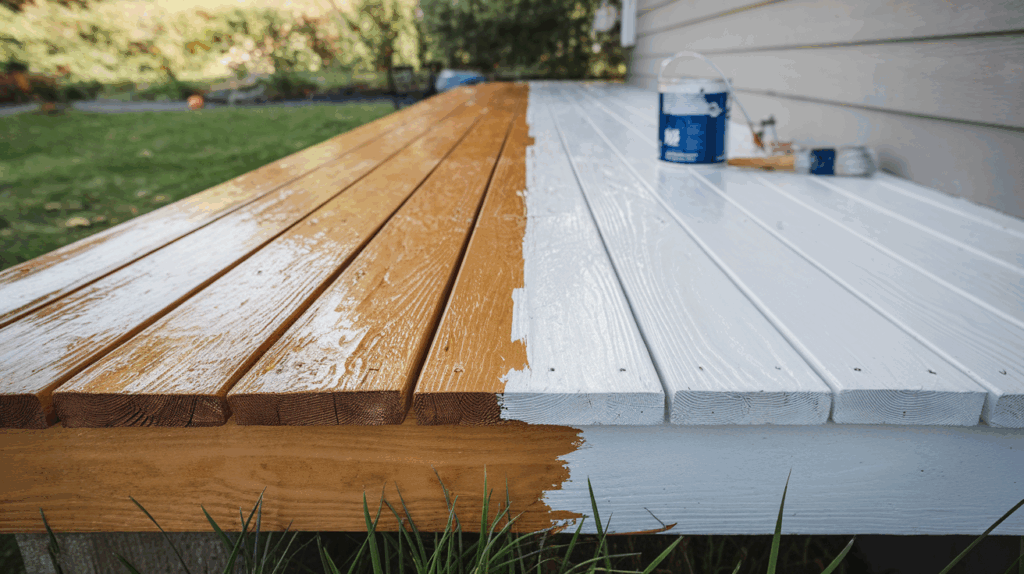Painting treated wood may seem like a simple weekend project you can knock out in an afternoon, especially when you’re excited to freshen up your backyard or finish building that new garden bench.
But there’s a lot more to it than just picking a color and grabbing a brush. Treated wood is soaked in special chemicals to help it last longer outdoors, and while that protection is great, it makes the wood tricky to paint right away.
Rushing the process can cause peeling, mold growth, and wasted time. I’m here to help you avoid those headaches.
Whether you’re painting a deck, fence, or raised garden bed, understanding how treated wood behaves will save you frustration.
In this blog, you’ll learn what treated wood is, when it’s safe to paint it, how to do it the right way, and how to avoid common problems so your project turns out just the way you imagined.
What are Treated Woods?
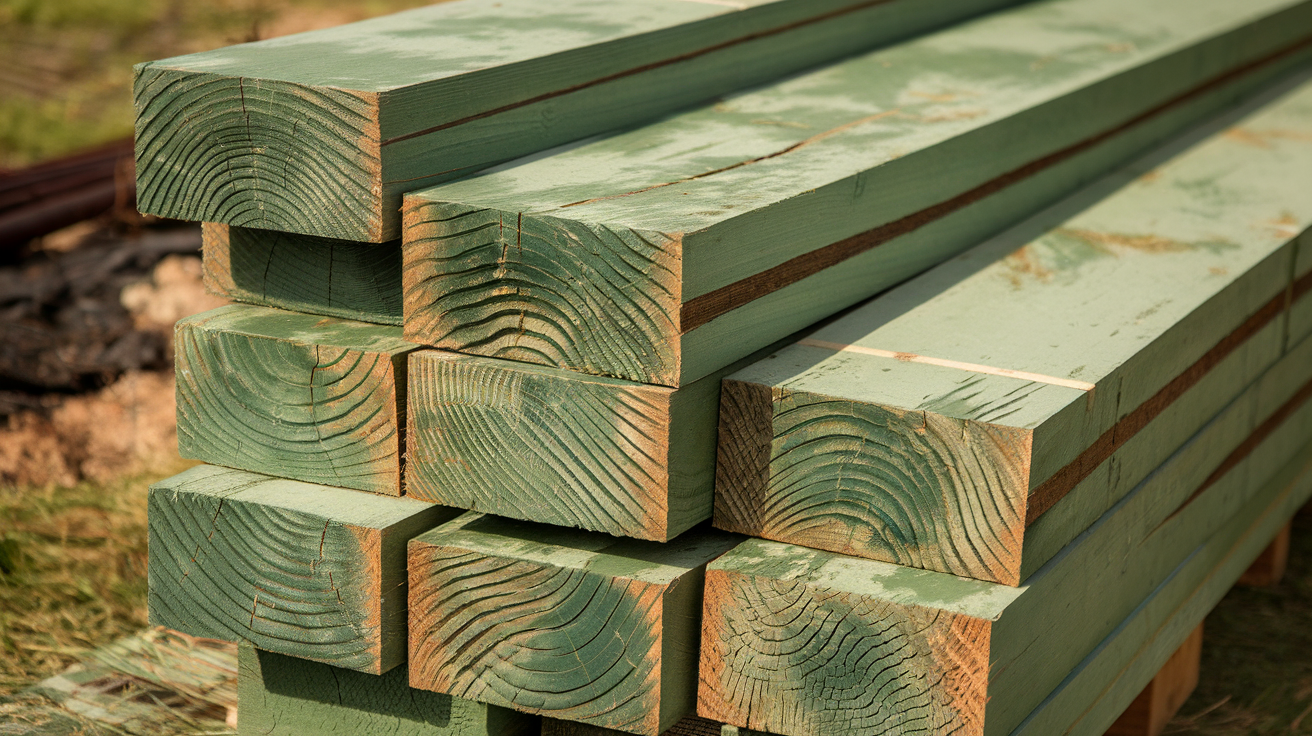
Treated wood is regular wood that has been soaked or pressure-treated with protective chemicals.
These chemicals help stop bugs, mold, and rot, making it a smart choice for anything that lives outside. Think decks, fences, porches, raised garden beds, and outdoor furniture.
You might be surprised to learn that there are different types of treated wood. Some are treated with water-based chemicals, others with oil-based ones. Either way, they all share something important in common: they hold moisture.
And while the outside might seem dry, the inside can still be damp and heavy. That’s why it’s so important to give the wood enough time to fully dry before even thinking about painting or staining.
Best Time to Paint Treated Wood
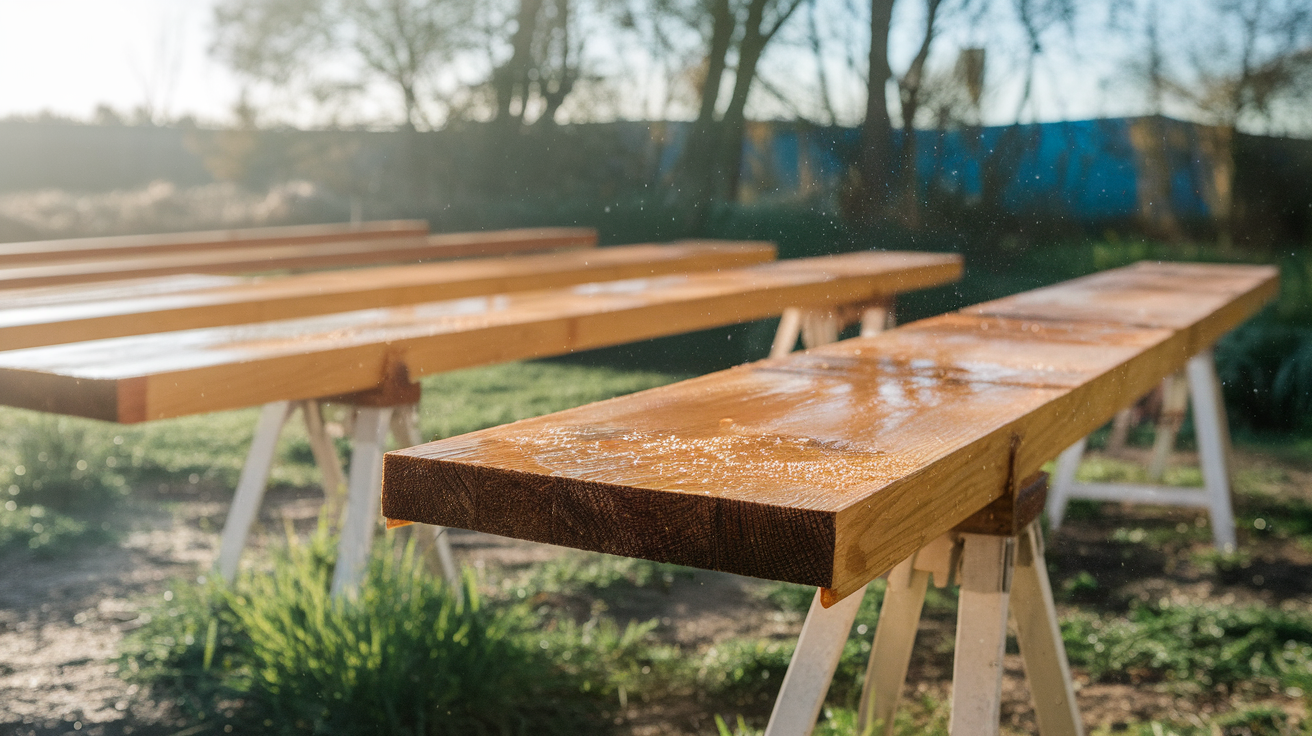
The right time to paint treated wood is when it has completely dried out. Depending on the type of treatment, the weather, and how the wood is stored, this could take anywhere from a few weeks to a couple of months.
If you just brought the wood home from the store, chances are it still needs time to sit. Timing is everything when it comes to painting treated wood.
Unlike regular lumber, treated wood is loaded with moisture and chemicals from the treatment process, which means it needs time to dry out before it can be painted properly.
Painting too soon means your paint might not stick, and all your hard work could go to waste.
So, how do you know when the time is right? On average, treated wood needs at least 4 to 12 weeks to dry out, but the exact drying time depends on several factors:
- Type of treatment used: Wood treated with water-based preservatives takes longer to dry than wood treated with oil-based ones.
- Climate and weather: Sunny, warm, and dry conditions help the wood dry faster. Cold, damp, or shaded areas slow the process down.
- Wood thickness and placement: Thicker boards or wood stacked close together may take more time than thin boards spaced out in open air.
- The Water Test: One of the simplest ways to test if your treated wood is ready is the water droplet test. If the water is absorbed quickly into the grain, the wood is likely dry enough to paint.
- Watch for Visual Clues: Look for changes in color and weight. Wet treated wood often appears darker and feels heavier than dry wood. As it dries, it may lighten in color and lose that damp feeling.
- Ideal Painting Conditions: Once the wood is dry, make sure the weather is in your favor. Paint on a day with mild temperatures (ideally between 50°F and 85°F), low humidity, and no rain in the forecast for at least 24 to 48 hours.
Taking the time to paint under the right conditions ensures a smoother application, better adhesion, and a longer-lasting paint job.
What Happens When Treated Woods Are Painted Too Soon?
So, what happens if you paint treated wood too soon? I learned the hard way – it doesn’t go well. You might end up with a big mess. Paint doesn’t stick well to wet wood. It can start bubbling, peeling, or looking patchy.
All that moisture and leftover chemicals inside the wood push the paint right off the surface.
In some cases, the problem goes deeper. Moisture trapped under paint can grow mold or mildew. It can even speed up wood rot because the wood can’t “breathe” properly.
Painting treated wood before it’s ready might seem like a shortcut, but it usually leads to frustrating and costly results. Here’s exactly what can go wrong:
1. Poor Paint Adhesion
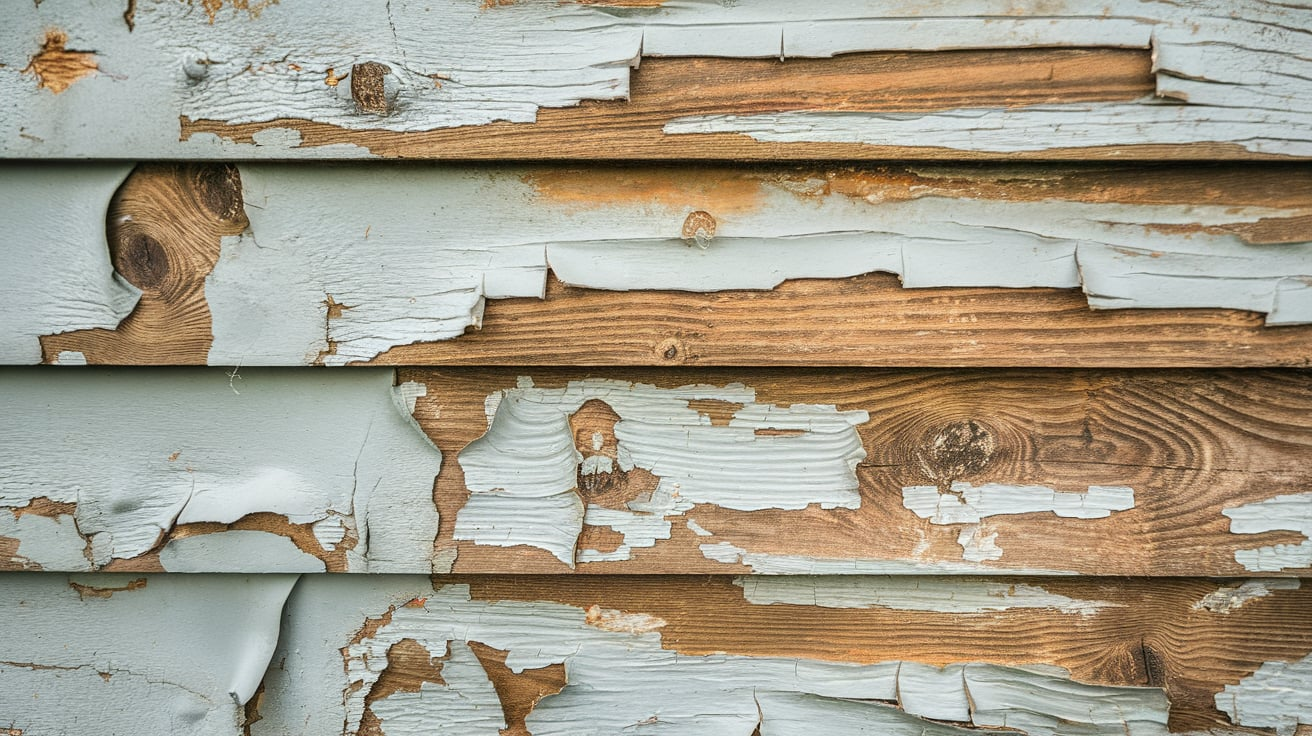
Treated wood contains moisture and chemicals that can interfere with how paint sticks to the surface. If you paint it while it’s still damp, the paint may not bond properly.
This often results in the paint bubbling, peeling, or flaking off just days or weeks after you’ve finished the job. Instead of a smooth, durable finish, you end up with an uneven, blotchy look that doesn’t last.
2. Moisture Trapped Under Paint
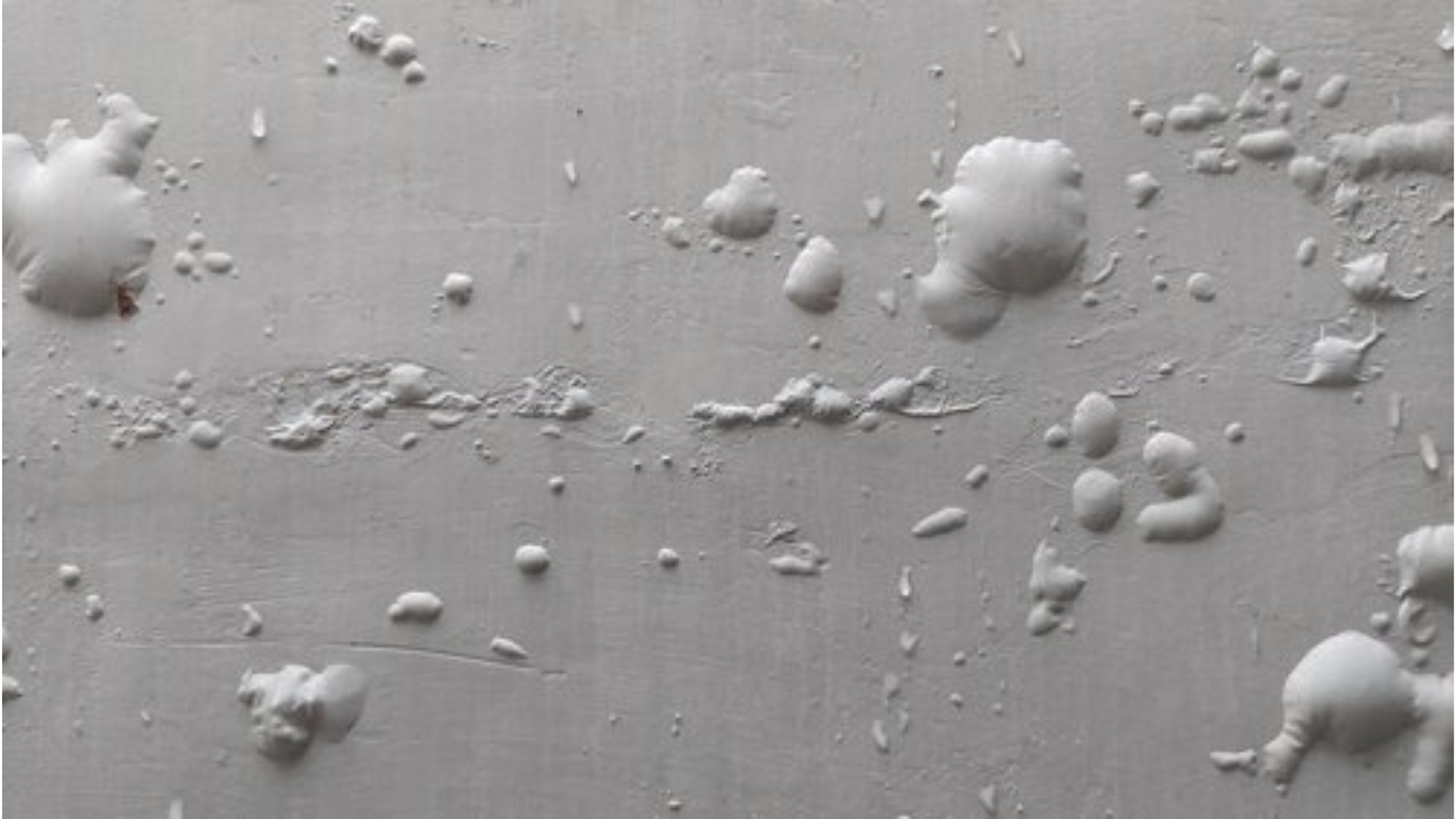
When wood isn’t fully dry, painting over it traps moisture inside. Since paint forms a seal, the water can’t escape.
This creates a perfect environment for mold and mildew to grow under the paint layer, which not only ruins the appearance but can also damage the wood itself.
3. Accelerated Wood Rot
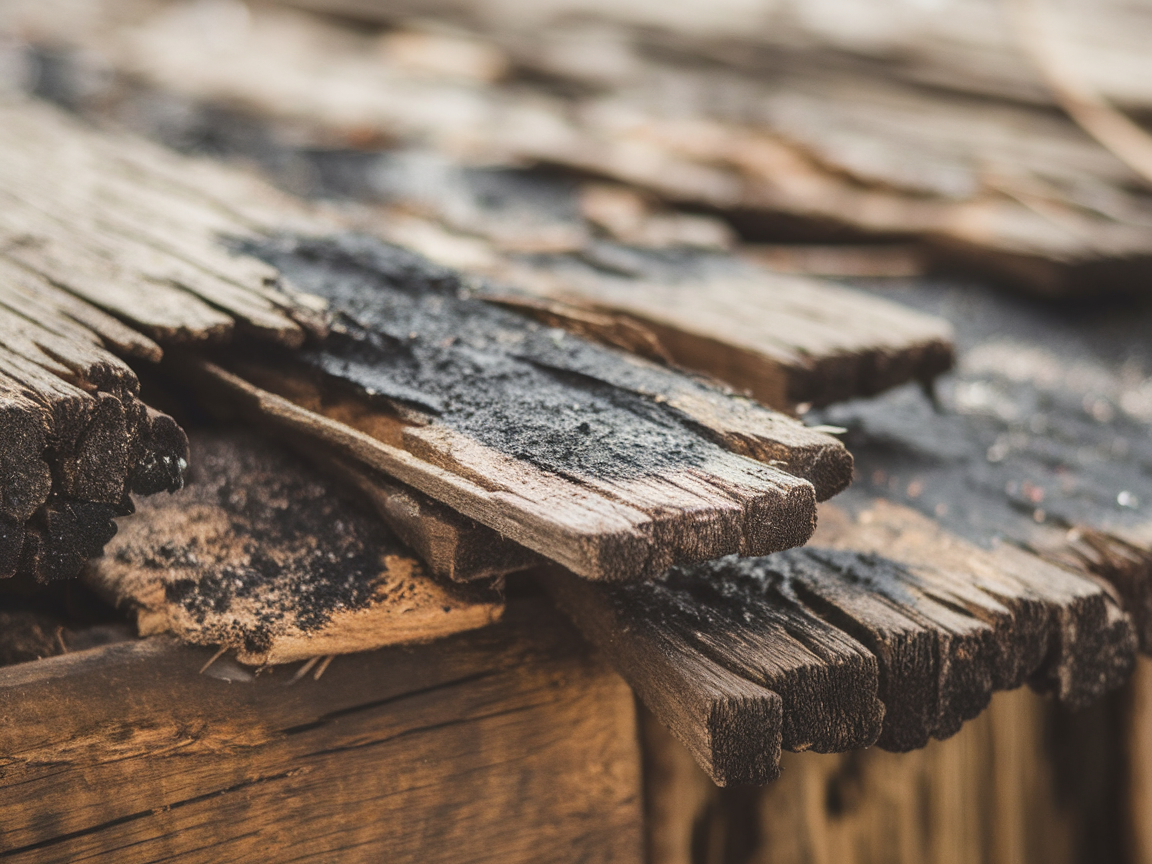
Treated wood is designed to resist rot, but sealing in moisture by painting too early can work against this treatment. Trapped moisture can lead to soft, decaying spots, especially in shaded or humid environments.
Rot shortens the lifespan of your wood structure, and you may have to replace parts that would have lasted much longer if painted properly.
4. Increased Maintenance and Costs

If the paint job fails due to early application, you’ll likely need to strip the paint, sand the surface, clean it again, and repaint.
This adds time, effort, and cost. What started as a simple improvement project became an ongoing maintenance issue.
5. Unpleasant Appearance
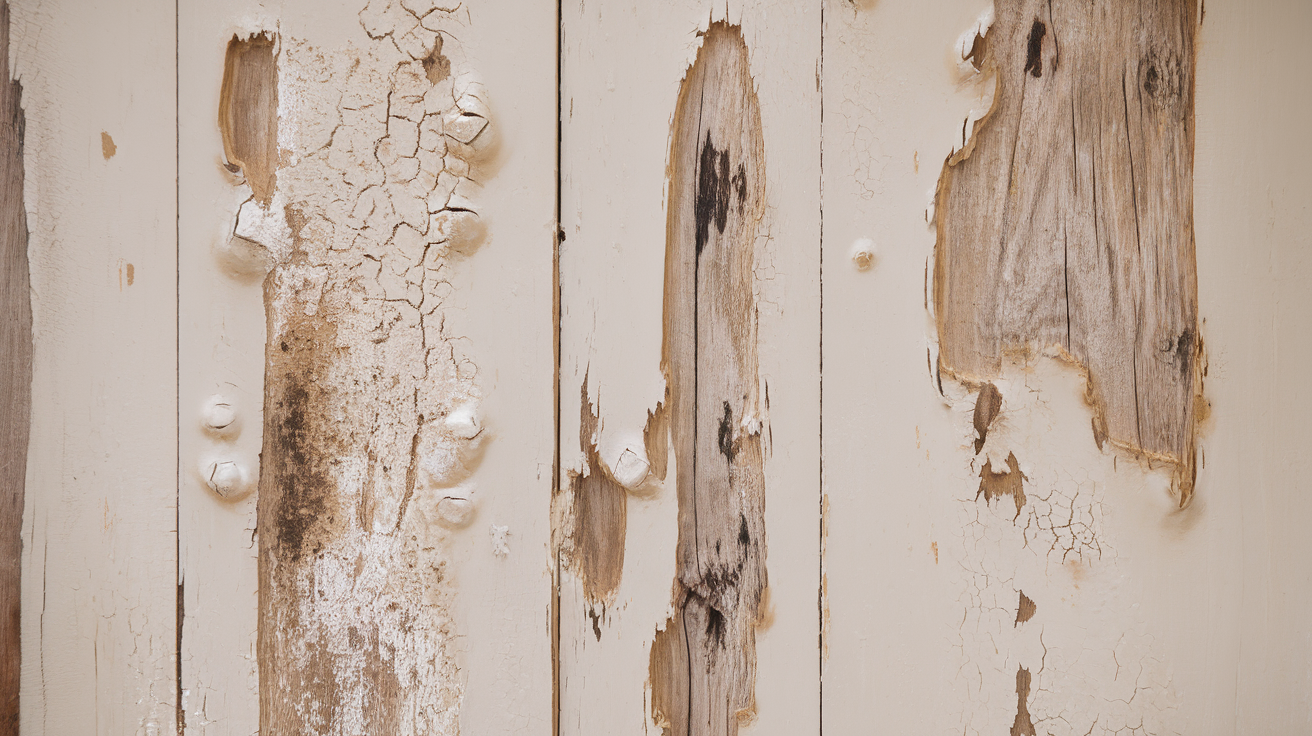
Even before the paint begins to peel or crack, you might notice it doesn’t look quite right. Colors may appear dull or uneven, and the finish can look bumpy or sticky.
A poor first impression takes away from the beauty you were trying to achieve.
In short, painting treated wood too soon can turn a fun weekend task into a frustrating, time-consuming redo. Giving the wood enough time to dry makes a big difference in how well the paint job turns out and how long it lasts.
How to Paint Treated Woods?
Here are the steps I follow whenever I paint treated wood. Doing it right the first time saves so much trouble:
Wait for the Wood to Dry: Give it plenty of time. Do the water test when you’re unsure.
Clean the Surface: Dirt, grease, or mildew can keep paint from sticking. I use a soft scrub brush and a simple wood cleaner or mild soap. Rinse well and let it dry again.
Lightly Sand the Wood: Use fine-grit sandpaper to smooth the surface. It helps the primer and paint bond better. Don’t forget to wipe off the dust.
Apply a Primer for Treated Wood: This step is huge. Primer blocks stains and helps paint stay on longer. Look for one labeled for exterior or treated wood.
Pick the Right Paint: I stick with high-quality exterior latex or acrylic paint. It’s built to handle sun, rain, and temperature swings.
Paint in Thin Coats: Always better to do two thin layers than one thick one. Let the first dry fully before adding the second.
By following these steps, your paint will go on smoother and stay put longer.
Some Common Mistakes to Avoid
I’ve made a few mistakes myself before I learned better. Here are some you can steer clear of:
- Painting too early: This is the top mistake. Always check moisture levels.
- Skipping primer: Don’t underestimate its value. It’s your base coat for a reason.
- Wrong paint choice: Use only outdoor-rated paint. Indoor paint just can’t handle the elements.
- Painting over dirt or mildew: Clean thoroughly. Paint won’t hide or fix grime.
- Thick paint layers: They don’t dry evenly and tend to crack.
- Ignoring weather conditions: Humidity or strong sun can mess with drying.
Avoiding these mistakes will make your finish look cleaner and last longer.
Safety and Risk Considerations
Treated wood is tough and useful, but it does come with some safety concerns. The chemicals in it can be harmful, especially if you’re sanding or cutting. Here’s what I always do:
- Wear gloves and long sleeves: Protect your skin from chemical exposure.
- Use a dust mask or respirator: Especially when sanding.
- Work outside: Or make sure you’ve got plenty of fresh air indoors.
- Wash up afterward: Clean your hands and change clothes.
And one more thing: never burn treated wood. The smoke is toxic. Always check your city’s rules for disposal.
Conclusion
Painting treated wood adds charm and life to your outdoor projects, but only if you do it the right way. Rushing the job can lead to bubbling paint, moldy boards, and peeling that makes everything look worse than when you started.
So, what happens if you paint treated wood too soon? You waste time, money, and a lot of effort.
But when you wait for the wood to dry, clean it properly, use the right tools, and follow each step, the results speak for themselves. Your paint will look smoother and last much longer.
Whether it’s a fence, a deck, or a garden bench, taking your time pays off. I once painted too early, and I had to start over a few weeks later.
Always check for dryness, use the correct primer and paint, and follow this guide to get results you’ll be proud of.

